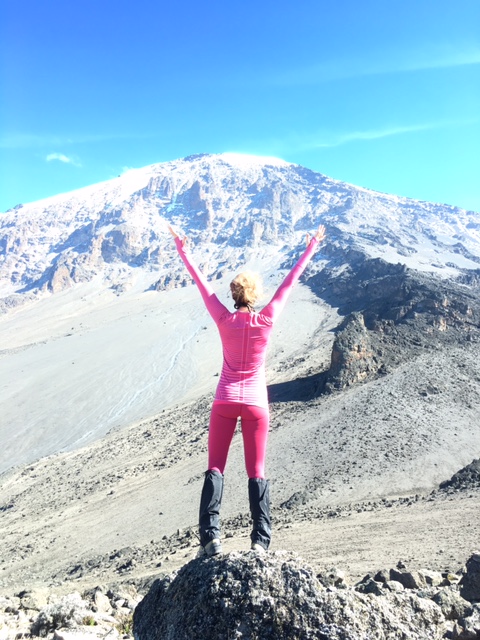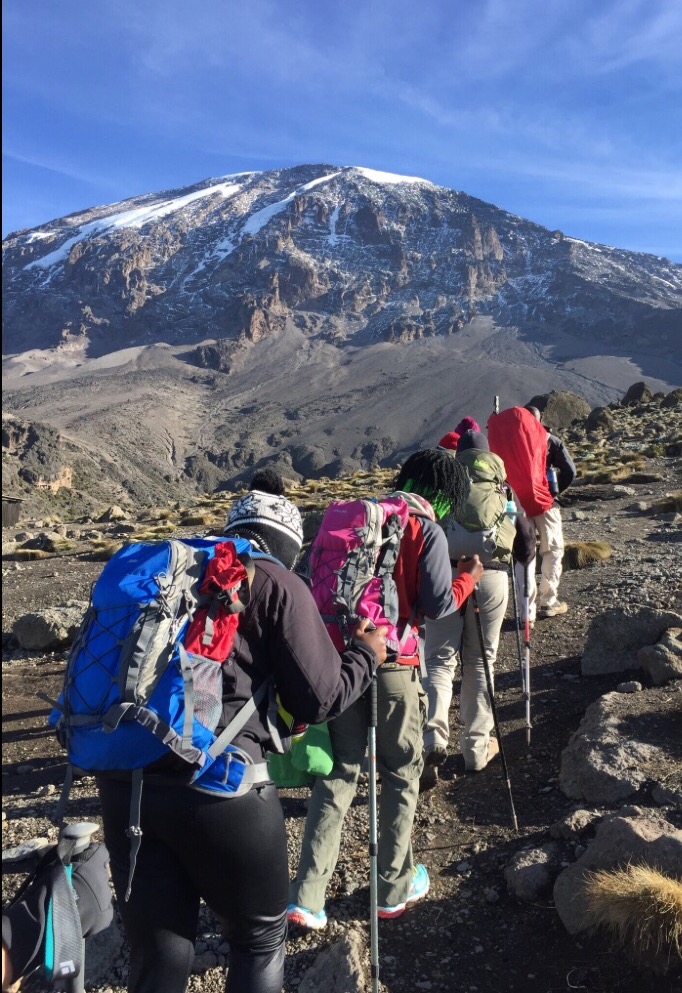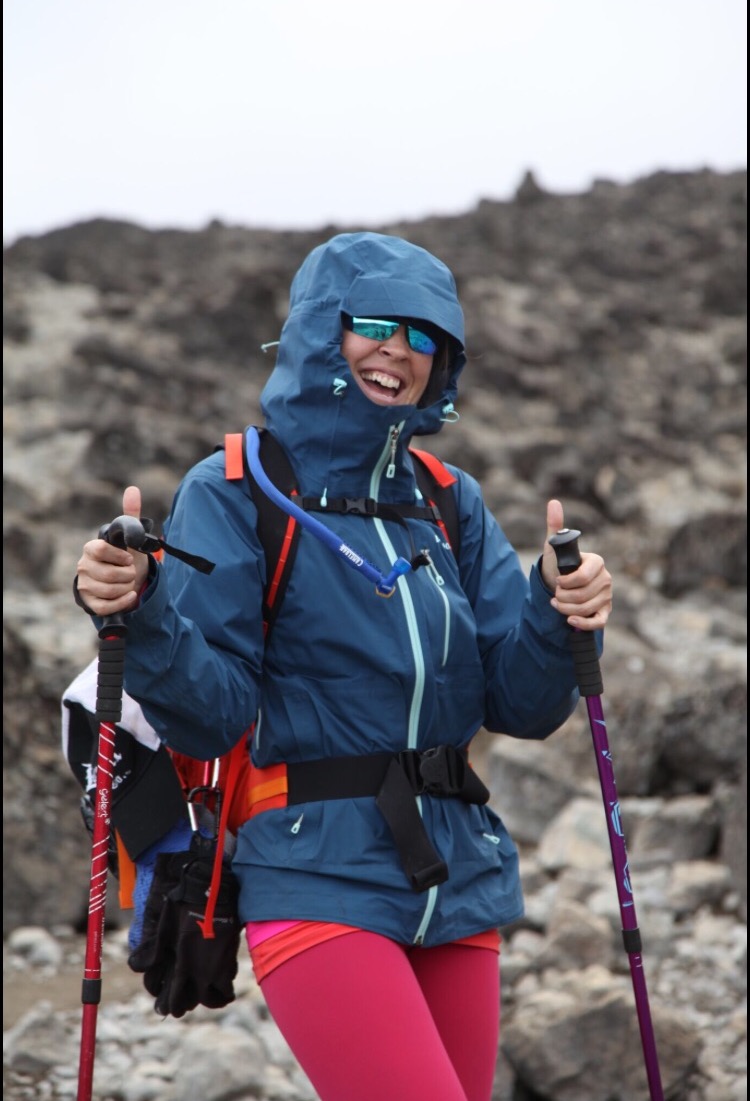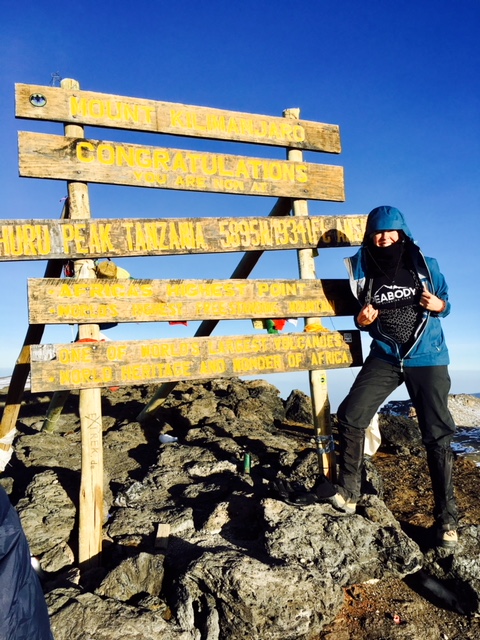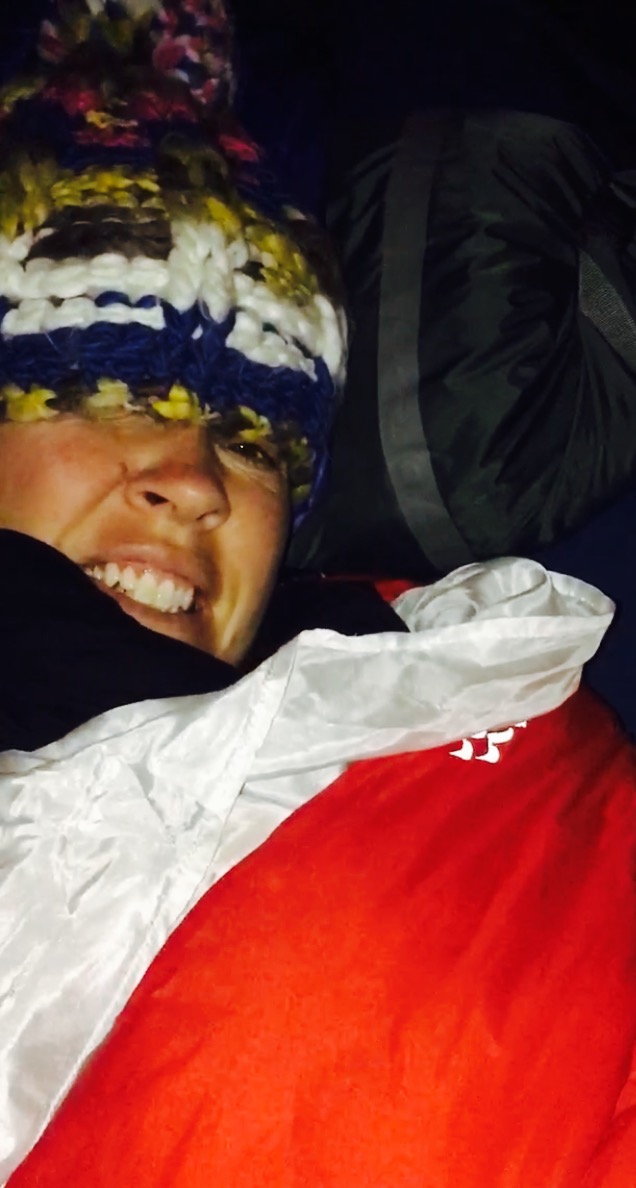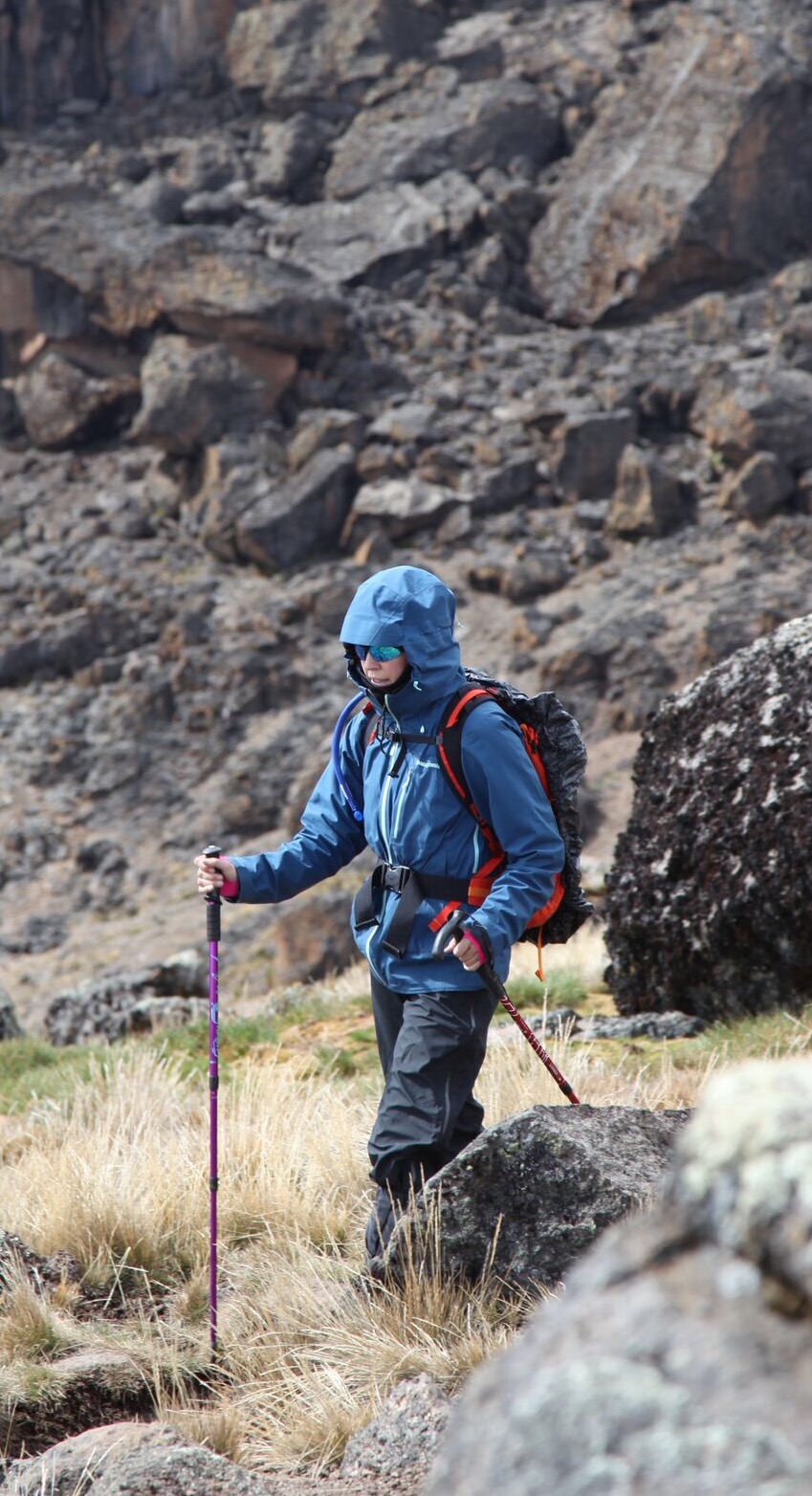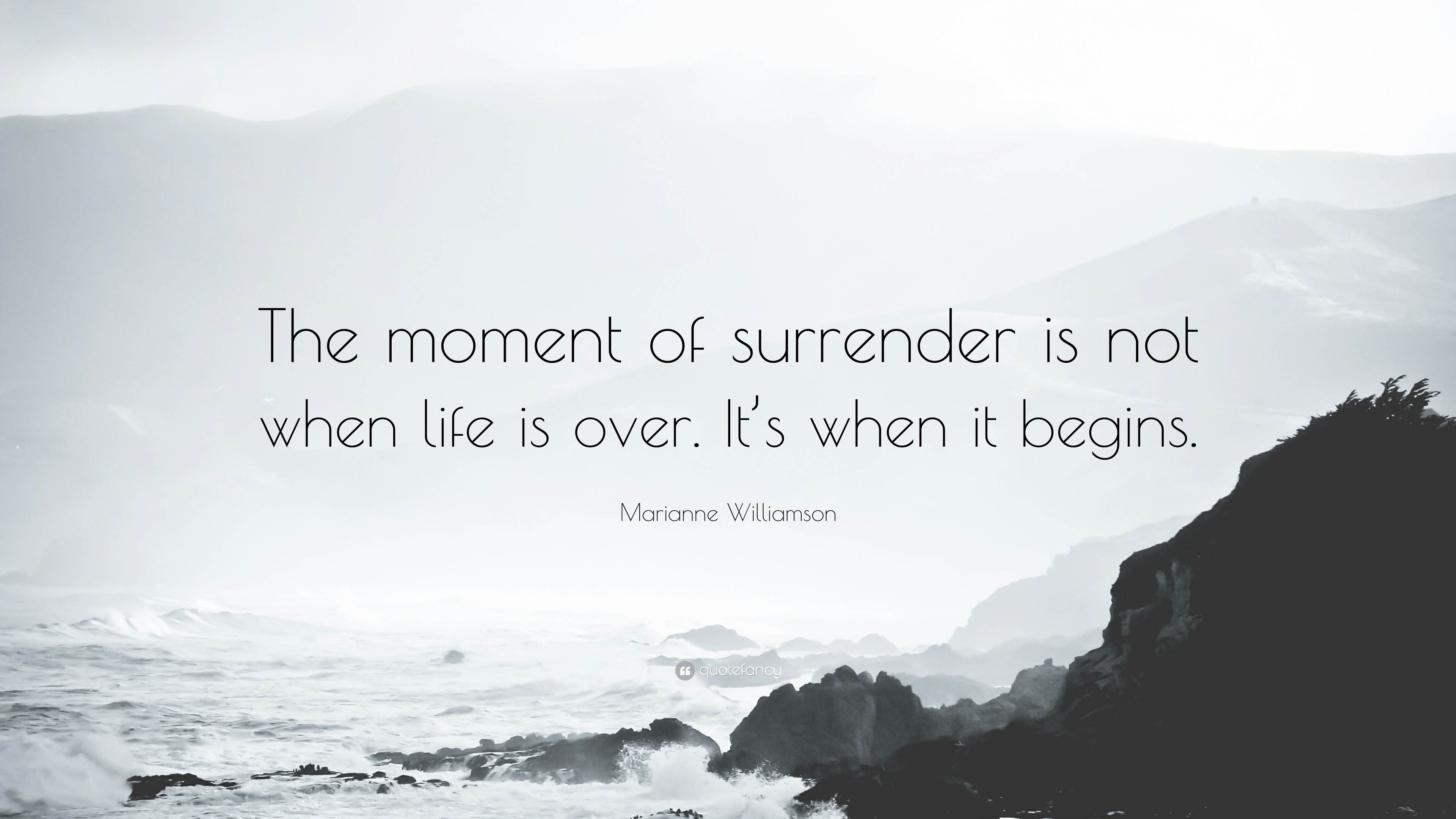Some people stare. Some people just catch a glimpse. Some noticeably try not to look. Many are afraid to ask…about my tattoo.
I have a tattoo on the back side of my right forearm. I often forget it is even there because it is out of my visual field. The only times I really see it is in the mirror.
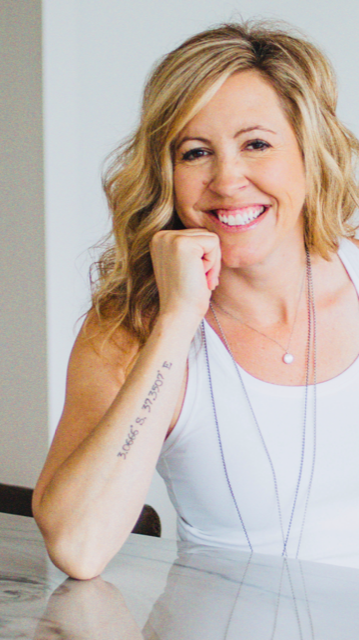
I got my first one 23 years ago and this is my third. The other ones are not in plain site and are usually covered by clothes and many don’t even know I have them.
This one is different. I had it done in January of this year. Up until now, it has been covered by long sleeves. Now that it is warmer, it is exposed most of the day and due to the location on my arm, I never realized how much I use that hand to rest my chin on while my elbow is on a table.
I thought I would write about it because so many are afraid to ask.
The coordinates read 3.0666 S, 37.3507 E and is the peak of Mt. Kilimanjaro which I reached the summit in March, 2017.
When I completed that trek, I unfortunately ended up 6 months in a walking boot due to a severe tendinitis/plantar fascitis. I was asked hundreds and hundreds of times “what happened?” My answer was always “I climbed Mt. Kilimanjaro and this is the souvenir I never wanted.” Of course that would then lead to further conversation around the trip. As overwhelming as it was to answer the same question hundreds of times, I enjoy the curiosity and sharing my journey…because it really was an epic adventure!
When I get ready in the morning is when I see it. To me, it serves as a continuous reminder. It reminds me that I can do hard things, really hard things. It reminds me that I am brave. It reminds me of the connections with the women I did the trek with and some of the strength of their own stories they shared. It reminds me that I have serious endurance and that I am capable of reaching my goals.
I have done many hard things although nothing was as physically taxing as that. When I got home, everyone asked “what’s the next mountain you will climb?” I do not have another physical mountain to climb, I have no desire to do Everest or anything like that. When I look back over the 2 years since the climb, I realize I have already reached the summit of another couple goals although there is always more ahead. I just thought I would share a little bit so that you are not afraid to ask. AND not just me, ask others of their stories too because maybe their ink represents a story they would like to share. I am adding my short Kilimanjaro vlog to the end of this in case you haven’t had a chance to take a view.
